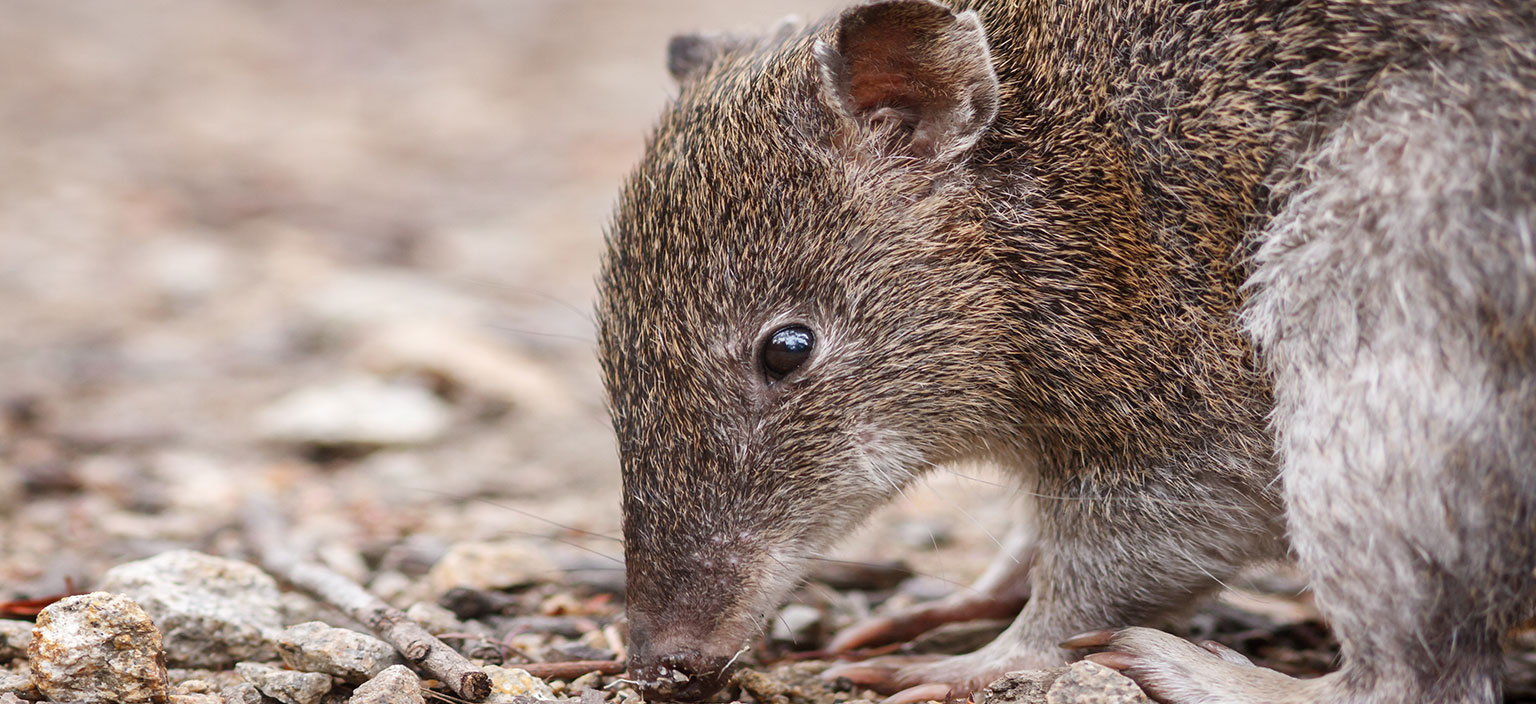
Northern Beaches is home to the Southern Brown Bandicoot, however their population has been reduced to a critical level.
They have a stocky body (approx. 30cm long) with a short snout and short, rounded ears. They are one of the two species of bandicoot found on the Northern Beaches.
They prefer scrubby habitats with plenty of low ground cover and shelter. They are solitary, nocturnal (active at night), marsupials and establish home ranges.
By day, they sleep in a well concealed nest made from grass and shredded plant material. At night they feed on insects, earthworms and fungi. They spend much of the night searching for food which the detect primarily by scent, sniffing the ground before digging into it.
Major threats include continued habitat loss or modification e.g. urban development and inappropriate fire regimes, as well as introduced predators, road accidents and isolation of populations.
Bandicoots may want to use your garden as a sanctuary. You can encourage them into your garden, by providing habitat for them that contains a variety of native shrubs and ground covers and by keeping pets indoors at night. See Backyard Habitat for more information.
The Southern Brown Bandicoot is listed as Endangered nationally under the Commonwealth Environment Protection and Biodiversity Conservation (EPBC) Act, 1999 and is also listed as an endangered species in New South Wales.
